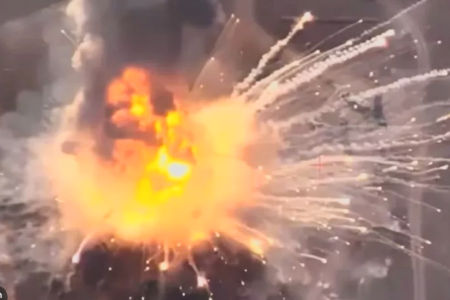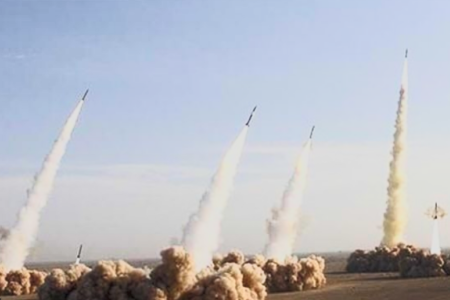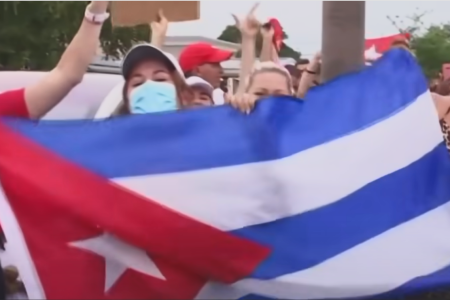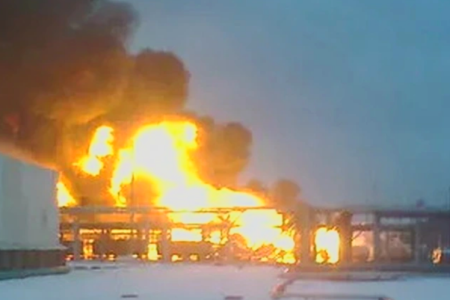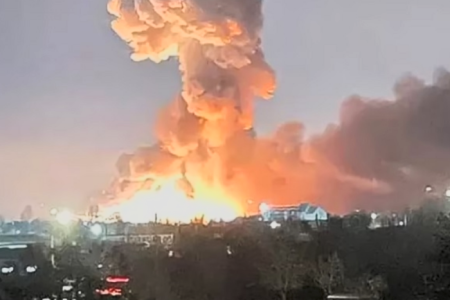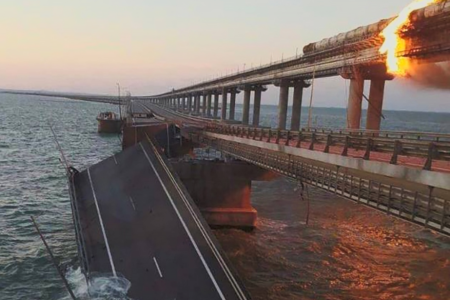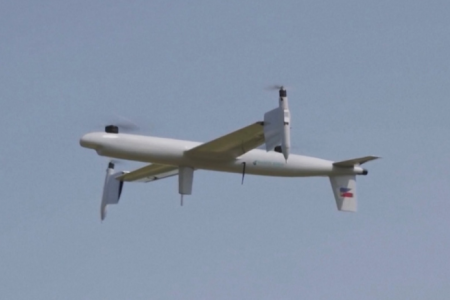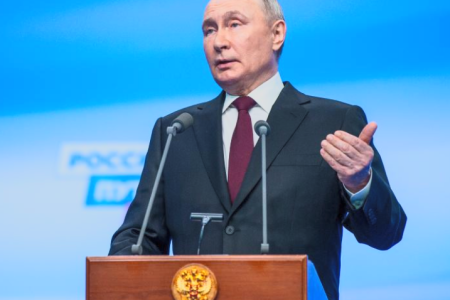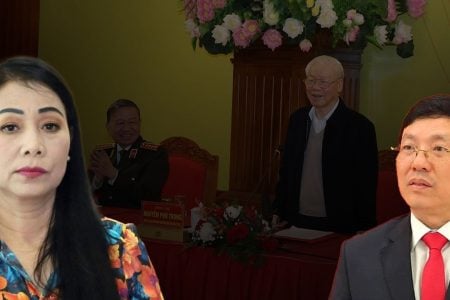
Deputy Minister of Vietnam’s Defense Ministry, Senior Lieutenant General Vo Minh Luong, has just led the Defense Ministry delegation to Cambodia to attend the inauguration ceremony of the new headquarters of the Ministry of Defense in Phnom Penh in December 29.
According to the Quan Nhan Dan newspaper – the mouthpiece of the Central Military Commission and the Ministry of Defense of Vietnam – this is a project funded by the Ministry of Defense of Vietnam and started construction in 2018. However, China’s Xinhua News Agency reported the opening ceremony, adding that the project also received support from China.
The newspaper quoted Cambodian Prime Minister Samdech Techo Hun Sen as saying during the inauguration ceremony that “I would like to express my gratitude to all stakeholders in both the public and private sectors, as well as the People’s Republic of China and The Socialist Republic of Vietnam have supported this project.”
PM Hun Sen said the construction of the new headquarters meets the needs of Cambodia’s rapid development and the need for a decent workplace for the country’s Ministry of Defense.
The new facility, built in June 2018 and completed in October 2021, consists of a six-story building and a large outdoor space with functional amenities, including a press conference and a large auditorium that can accommodate more than 1,000 people for national and international events. On the roof of the building is a helipad worth about $30 million, Xinhua News Agency quoted Cambodian Deputy Prime Minister and Defense Minister Tea Banh as saying.
The building was built by China Railway Urban Construction Group Co., Ltd. (CRUCG), a 100% owned subsidiary of China Railway Construction Corporation, which has just constructed the. Lao Trung Railway road project, a project in China’s “Belt and Road” initiative, has also just been inaugurated and put into operation.
At the ceremony, PM Hun Sen presented the Mohasena Friendship Medal on behalf of the King of Cambodia to Deputy Minister Vo Minh Luong, which, according to the Military People’s Daily, was to “express affection, recognition for support and cooperation of Vietnam’s Ministry of Defense for Cambodia’s Ministry of Defense over the past time; At the same time, it is an encouragement for the Vietnamese Ministry of Defense to continue contributing to deepening the traditional friendship between the two countries and the two militaries.”

Analysts and international observers say that Hanoi has recently been trying to regain influence over its two historic allies, Laos and Cambodia, two countries that are increasingly leaning towards China in recent years.
Since the mid-2010s, China has become the largest foreign investor in both Cambodia and Laos, and became an increasingly important political ally of both, according to Asia Times.
According to a recent statement by the country’s Ministry of Planning and Investment, China has cumulatively invested around $16 billion in Laos since 1989. Many of Laos’ controversial hydroelectric dams have been built by Beijing and payments, and the northern provinces of Laos are now heavily dependent on Chinese capital.
Beijing also became a major investor in Cambodia around 2014, helping to develop much of the country’s weak infrastructure as relations between Cambodia and the United States deteriorated over accusations by Washington that Phnom Penh plans to allow Chinese military access to Cambodia’s largest naval base, a move that will fundamentally change the strategic balance in the South China Sea.
With Cambodia assuming the annual rotating chairmanship of the Association of Southeast Asian Nations (ASEAN) in 2022, many fear Phnom Penh could use the position to advance North Korea’s interests. Therefore, Hanoi is especially concerned about this scenario, especially when ASEAN is trying to reach an agreement on a Code of Conduct in the South China Sea with Beijing by 2022.
Thoibao.de (Translated)




